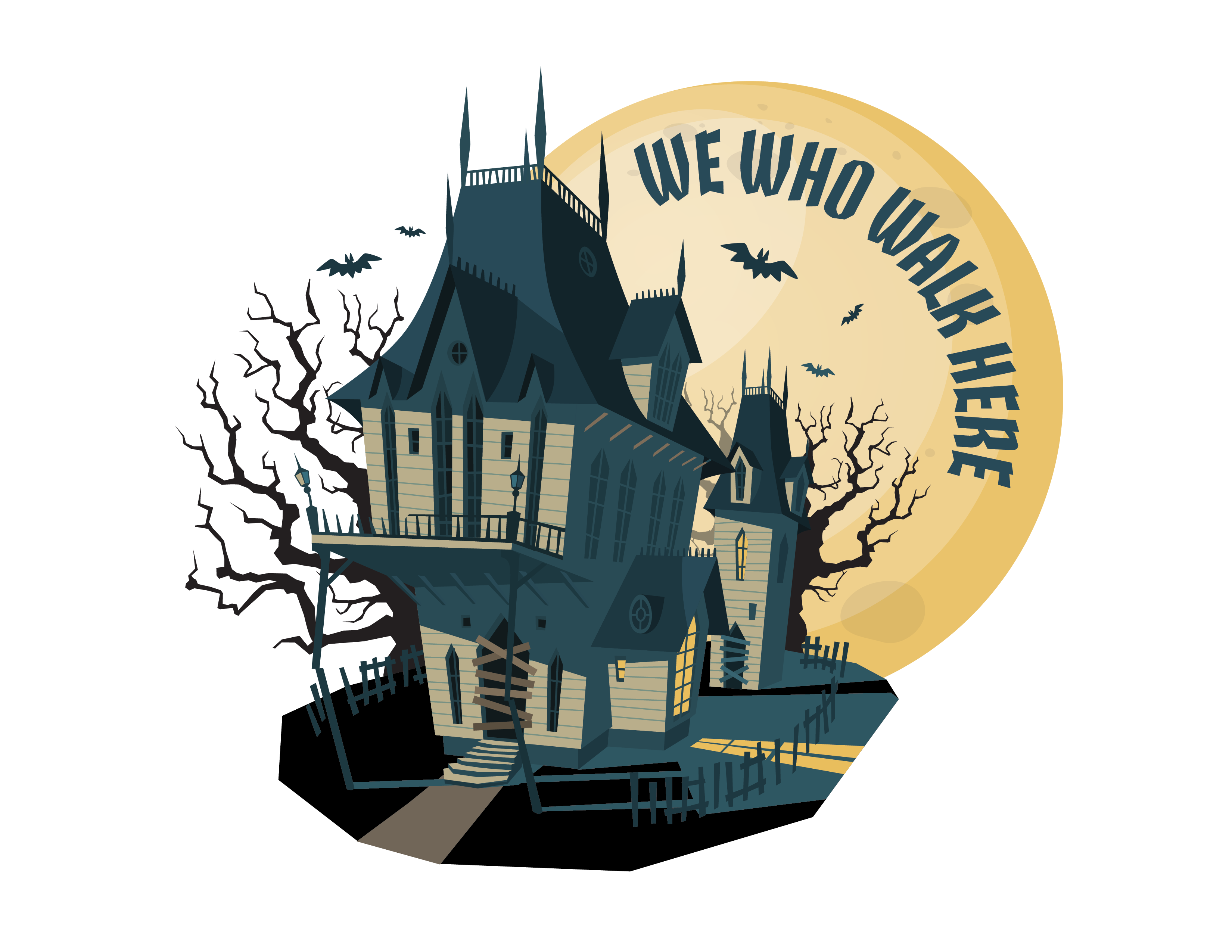Horror holds up a mirror to the world and reveals what our fears say about us. Writer-director Mariama Diallo’s feature debut Master is a smart and stylish horror film about institutional racism in higher education. The film impressively balances plot lines and offers striking horror imagery in service of a story about how white people barely have to lift a finger to uphold the deeply racist status quo while pretending to do the opposite, and the colossal work that Black women perform to fight against a system designed to keep them from succeeding.
Jasmine Moore (Zoe Renee) is a new student at Ancaster University. Jasmine is one of only eight Black students at the school, and she faces racism from her white classmates immediately. She also learns that her assigned dorm room, number 302, is rumored to be cursed, a fact that takes on an even more sinister meaning when she learns that all the students affected by the so-called curse have been Black. One of Jasmine’s professors, Dr. Gail Bishop (Regina Hall), is also her House Master, a prestigious position that is an unofficial prerequisite for being named president of the university. Dr. Bishop faces a similar onslaught of racism, both from her students and her colleagues, and she guides Jasmine through her struggles as she tries to deal with her own.
The anti-Black microaggressions pile up so quickly that it would be impossible to list them all in this review. And that’s exactly the point. As Jasmine says, “It doesn’t matter where I go. It’s everywhere.” She is talking about both the terrifying curse and the racism she faces, because they are one and the same. Underscoring this theme is Robert Aiki Aubrey Lowe’s eerie, foreboding score, which sounds like a ringing in your ear or a mosquito buzzing around your head; like the million “small” acts of bigotry Jasmine experiences, such noises are maddening, omnipresent, and often rationalized by the people around her as just being in her imagination. The haunting tones of Lowe’s score echo Dr. Bishop’s description of the racism at Ancaster in a climactic speech: you can’t pin it down or prove it, but it’s always there.
Master has a wry sense of humor. Bitterly ironic juxtapositions underline the bigotry and hypocrisy that pervade the very foundation of the school. Dr. Bishop finds a photo of a previous inhabitant of her house that shows a sinister-looking white family and a Black maid looking on in the background; the next scene shows Black cafeteria workers serving the predominantly white student body with forced joviality. A shot of an on-campus hate crime cuts immediately to a sleek ad for Ancaster’s “diversity and inclusion” campaign that strategically only features students or faculty of color.

Zoe Renee and Regina Hall both give riveting performances. So does Amber Gray, who plays Liv Beckman, Dr. Bishop’s friend and colleague who defends herself at a contentious tenure hearing where she accuses the Ancaster faculty of forcing her to jump through hoops for approval without actually addressing the racism at its core. Ancaster as an institution is rigged to ensure the failure of Black women, and Renee’s Jasmine is scared, vulnerable, and desperate to understand how to move forward with that dawning knowledge. Hall’s Dr. Bishop walks an impossible tightrope, trying to navigate the minefield that is her white racist workplace and still encourage Jasmine to keep going, all while realizing how hollow her assurances are that it will be worth it in the end.
Master’s stylish camera movement emphasizes Jasmine’s isolation and her sense of always being watched. Voyeuristic overhead shots as she walks along the quad and claustrophobic angled shots as she’s menaced at a party by a group of rowdy, racist men contribute to the viewer’s fear that something even more terrible will happen to her. Charlotte Hornsby’s remarkable cinematography occasionally pays homage to horror classics like The Shining and Suspiria — looming exteriors and cavernous, predatory interiors threaten to swallow Jasmine up, while paranoid framing and moody red and blue lighting cues (and one outright wink at the 1977 film) ratchet up the unease as she tries to go about her daily life. These cleverly deployed horror references add to the film’s mood and tension, such as the ominous intertitles à la The Shining that subtly create a ticking countdown to doom.
Master is the work of a brilliant filmmaker with a clear love for the horror genre. Mariama Diallo plays with horror tropes throughout the film, bringing fresh eyes to a scene of an unearthly hand snaking out from under a bed or a curious Jasmine looking up the curse of Room 302 on microfiche in the library. The microfiche scenes are especially clever; the reverse negative appearance of the photographs gives pictures of Black women at the university over the years a haunted air. Diallo even manages to get the best of both worlds with a twist that many viewers will see coming, adding devastating dramatic irony to the story while adding an extra twist on top that still makes the viewer reevaluate what came before.
Master is a frightening film; it has eerie supernatural scares, but the true horror lies in its frank depiction of the everyday racism that its Black characters face. It is an assured debut from Mariama Diallo, who should have the attention of horror fans with this intelligent and powerful film that shows reverence for the genre while still paving its own way. Regina Hall anchors the film with her strong performance, and Lowe’s score and Hornsby’s cinematography complete the moody, ominous atmosphere. Master is an impressive, exciting horror debut that holds up a mirror to American academia to reflect the bigotry at its core.


[…] starts to spill over into their personal relationship, resulting in a disturbing finale. Diallo’s Master was a standout at this year’s Sundance Film Festival, and her clever usage of horror tropes to […]
LikeLike